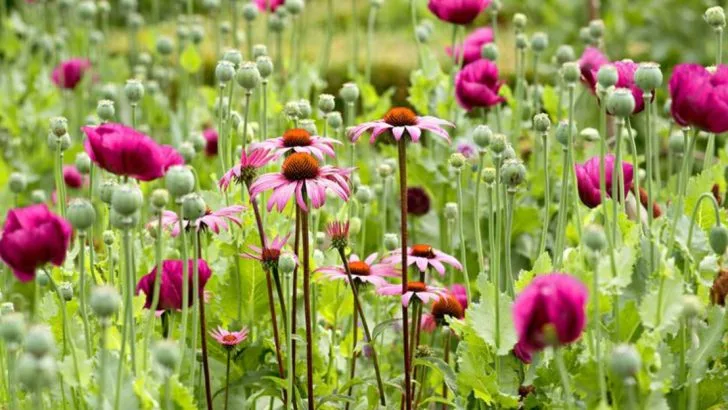Planting wildflower seeds is one of the simplest and most rewarding ways to bring vibrant colors and natural beauty to your garden. With the right techniques and a bit of patience, you can create a stunning display of flowers that will thrive throughout the spring season. Wildflowers not only brighten up your garden, but they also attract pollinators, making your outdoor space a bustling hub of life.
To get the most out of your wildflower planting, timing and preparation are key. The earlier you plant, the sooner you’ll see those lovely blooms. Ensuring the soil is prepared correctly and selecting the right mix of seeds for your climate will set you up for success. Wildflowers are hardy and low-maintenance, but understanding the specifics of how to plant them makes all the difference in how they flourish.
In this article, we’ll walk you through how to plant wildflower seeds now for a colorful garden this spring. From selecting the right seeds to planting tips and care instructions, we’ve got you covered with everything you need to create a garden filled with the beautiful, carefree charm of wildflowers.
Selecting the Right Seeds
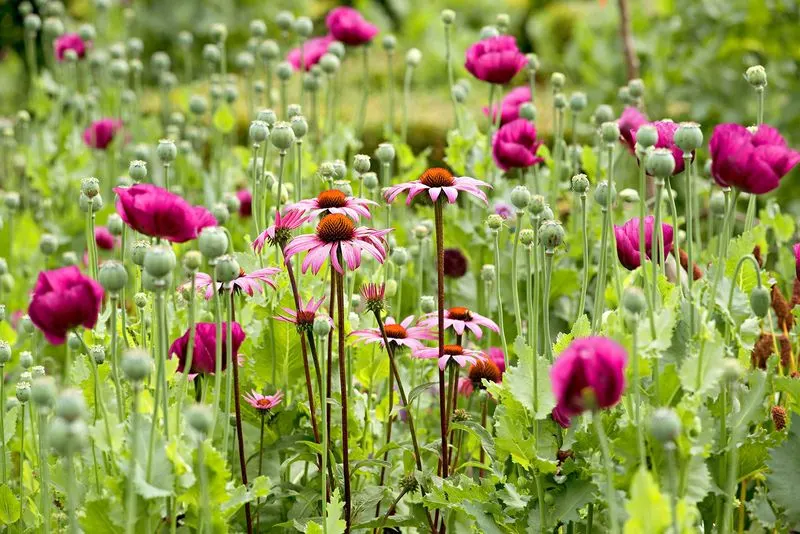
Choosing the perfect wildflower seeds is the first step. Consider your local climate and soil type when selecting seeds. Many wildflower varieties thrive in specific conditions, so matching them to your environment will yield a more vibrant display. Look for seed mixes native to your region to support local pollinators. Native plants are not only more resilient but also attract bees and butterflies. Remember to check the bloom time to ensure a colorful rotation throughout spring. Mixing annuals with perennials can add dimension and longevity to your garden. Happy planting!
Preparing the Soil
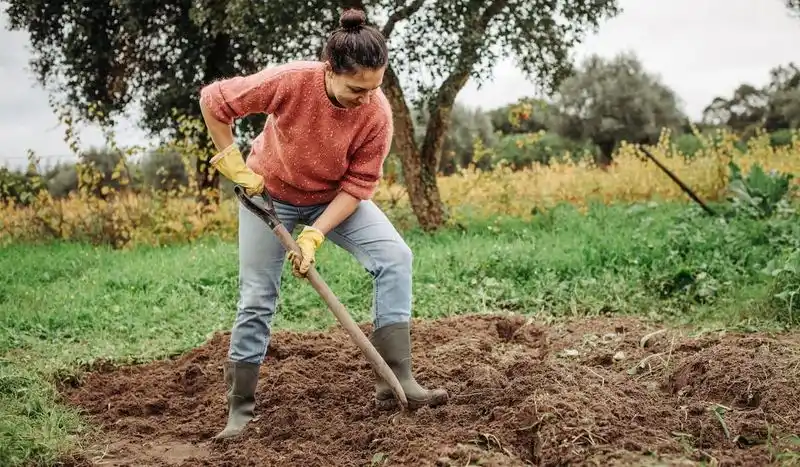
Proper soil preparation is key to successful wildflower planting. Start by clearing the area of weeds and debris, which can compete with young seedlings. Loosening the soil improves drainage and helps roots establish quickly. Incorporate organic matter like compost to enhance soil fertility. Compost not only enriches the soil but also encourages beneficial microorganisms. For heavier soils, consider adding sand to improve texture and drainage. A well-prepared soil bed sets the stage for healthier plants and more vibrant blooms. These simple steps can make a significant difference in your garden’s success.
Planting and Watering Techniques
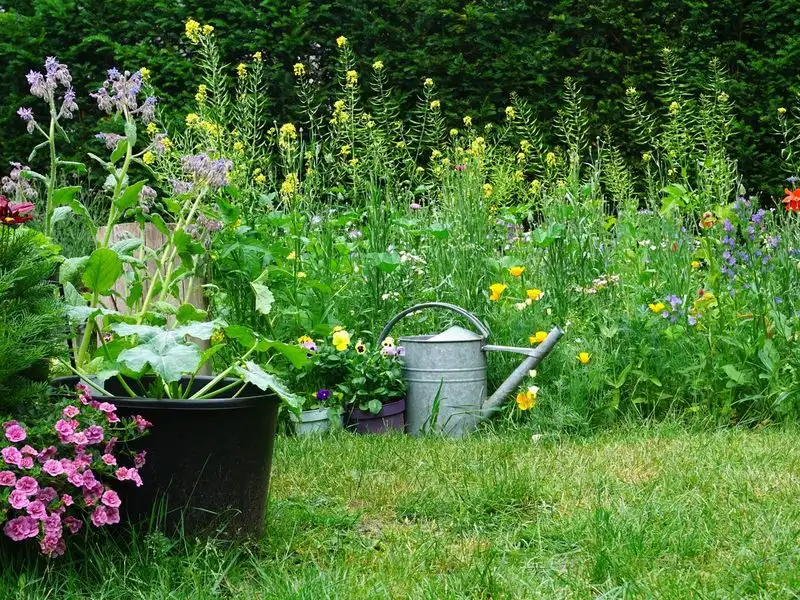
Mastering the art of planting and watering will ensure your wildflower seeds flourish. Scatter seeds evenly across the soil surface, lightly pressing them in for good seed-to-soil contact. It’s crucial not to cover them with too much soil as they need light to germinate. Water gently using a fine spray to avoid displacing seeds. Maintain consistent moisture, especially during germination, to support seedling growth. Once established, wildflowers are generally low-maintenance and drought-tolerant. This approach will help your garden burst into color by spring, offering a stunning display of nature’s beauty.
Illuminated Pathways
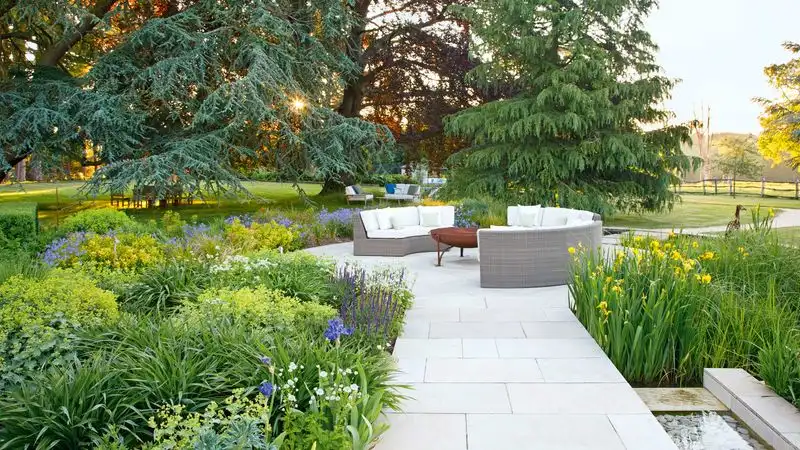
Creating illuminated pathways through your wildflower garden adds a magical touch. Use solar-powered garden lights with whimsical designs to line your paths. This not only enhances the garden’s beauty but also provides a serene ambiance at night.
Choose lights that cast interesting shadows and complement the vibrant colors of your wildflowers. The gentle glow will make evening strolls enchanting and safe.
Consider integrating LED lights among taller flowers, creating a fairy-tale-like scene. This simple addition will transform your garden into a nighttime wonderland, inviting both guests and wildlife to enjoy.
Vertical Flower Walls
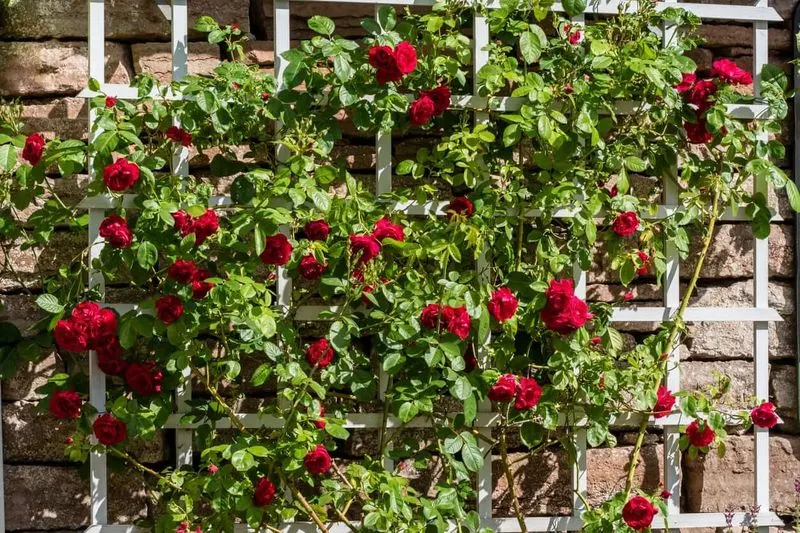
Utilize vertical space by creating flower walls using pallets or planters attached to fences. This innovative method allows you to plant wildflowers vertically, adding depth to your garden.
Choose a mix of cascading and upright flowers for a dynamic display that catches the eye. Vertical planting is ideal for small gardens or to add interest to otherwise plain areas.
Ensure your structure is sturdy enough to hold the soil and plants, and use a quality potting mix. This approach maximizes space and introduces an unexpected element to traditional gardening.
Wildflower Tea Parties
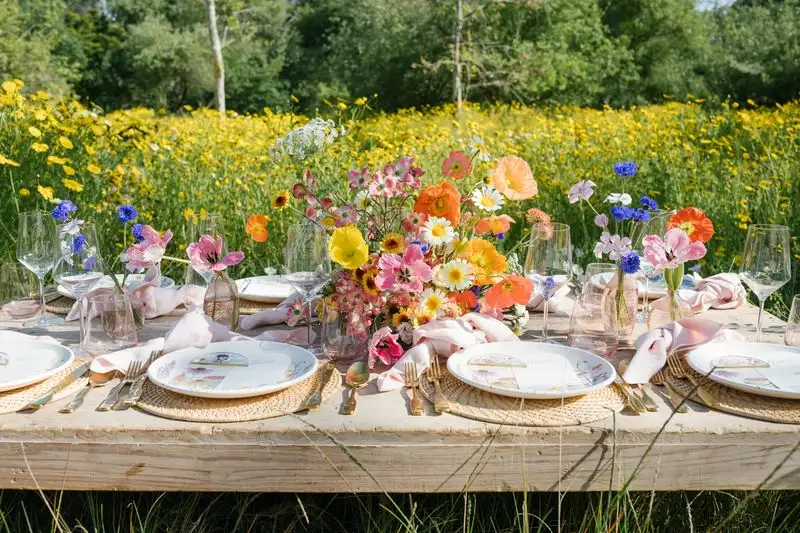
Host a wildflower tea party to enjoy your garden’s colors and fragrances. Set up a small table among the flowers, and serve tea in floral-patterned cups.
Invite friends for an afternoon of relaxation amidst nature’s beauty. The presence of wildflowers enhances the experience, as butterflies and bees join the party.
This activity is perfect for those who love the charm of gardens and the joy of spending time outdoors. It brings together the senses of sight, smell, and taste in a delightful way.
Wildflower Picnics
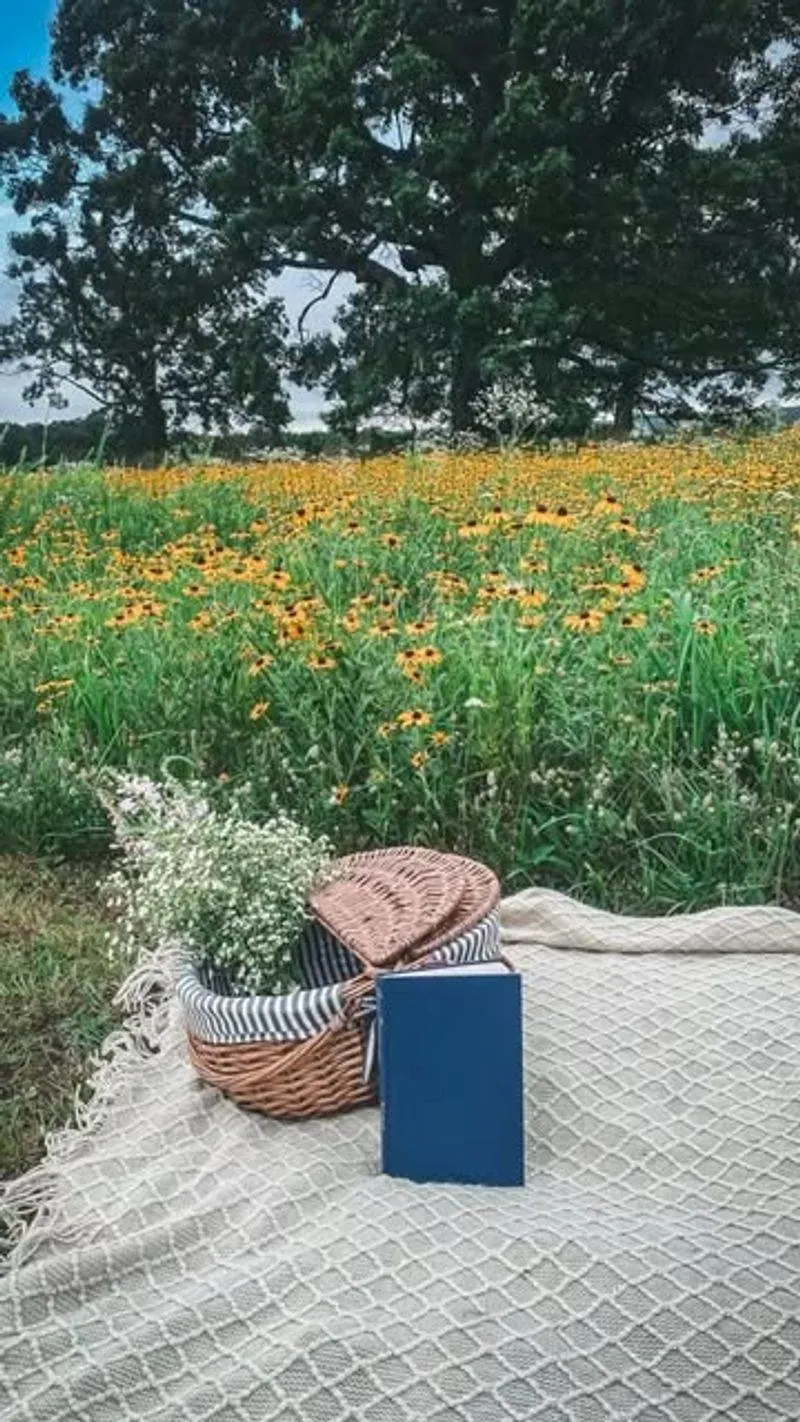
Plan a picnic in your wildflower garden, making the most of the natural beauty that surrounds you. Pack a basket with your favorite treats and enjoy a meal amidst vibrant blooms.
Choose a spot with a variety of flowers for an immersive visual experience. The gentle rustling of leaves and the buzzing of bees add to the ambiance.
Picnicking in your garden allows you to relax and appreciate the fruits of your gardening efforts. It’s a wonderful way to spend a sunny afternoon with family or friends.
Wildflower Meditation Spots
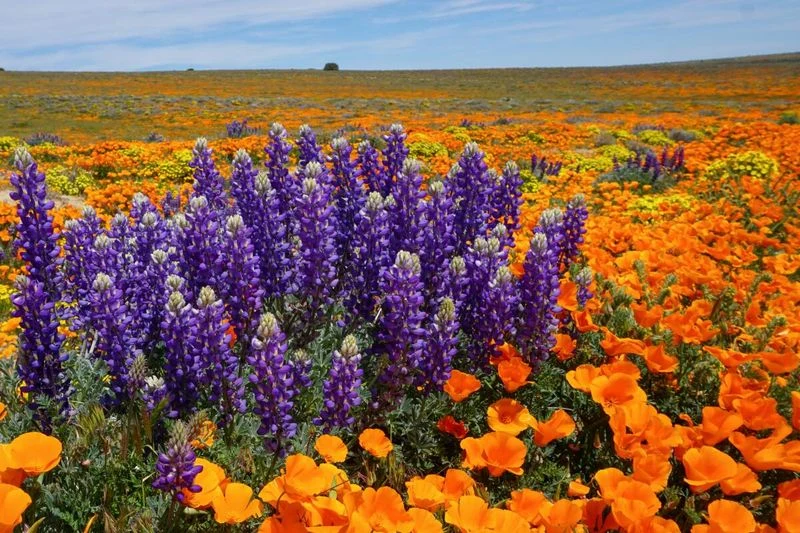
Designate a meditation spot in your wildflower garden to encourage relaxation and mindfulness. Select a quiet corner where you can be surrounded by blooms and natural sounds.
Use comfortable seating and consider adding elements like wind chimes or a small water feature. The presence of wildflowers enhances tranquility, making it easier to connect with nature.
This meditation spot can become a personal retreat, offering peace and reflection amidst the beauty of your garden. It’s an ideal space to unwind after a busy day.
Wildflower Water Features

Introduce a water feature to complement your wildflower garden. A small pond or fountain adds a soothing element that attracts wildlife and enriches the garden’s ecosystem.
Place the water feature where it can naturally integrate with surrounding flowers. The sound of water enhances the sensory experience, providing a calming backdrop.
Water features encourage biodiversity, drawing in birds, insects, and other visitors. This addition not only beautifies the garden but also creates a thriving habitat for various species.
Wildflower Art Installations
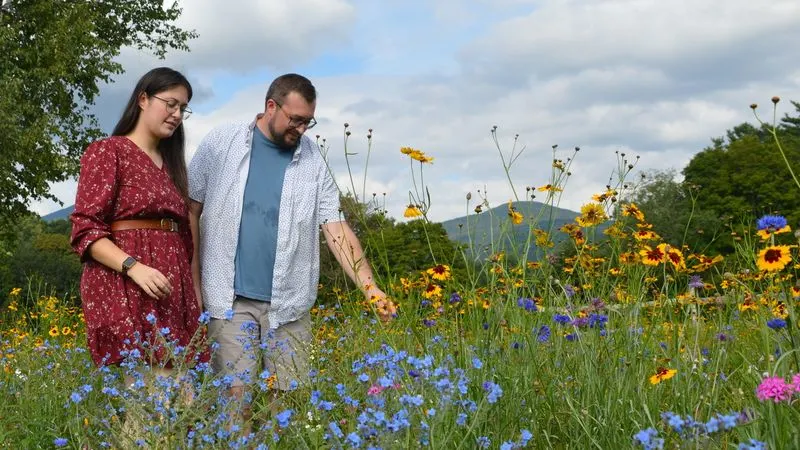
Incorporate art installations among your wildflowers to elevate the garden’s aesthetic. Use sculptures made from natural materials like wood or stone.
Position these pieces thoughtfully to complement the existing floral arrangements. The art can reflect themes of nature, enhancing the garden’s story.
This fusion of art and nature creates a dynamic environment where creativity blossoms alongside wildflowers. It provides visual interest and conversation starters for visitors, adding depth to your garden’s appeal.
Wildflower Storytime
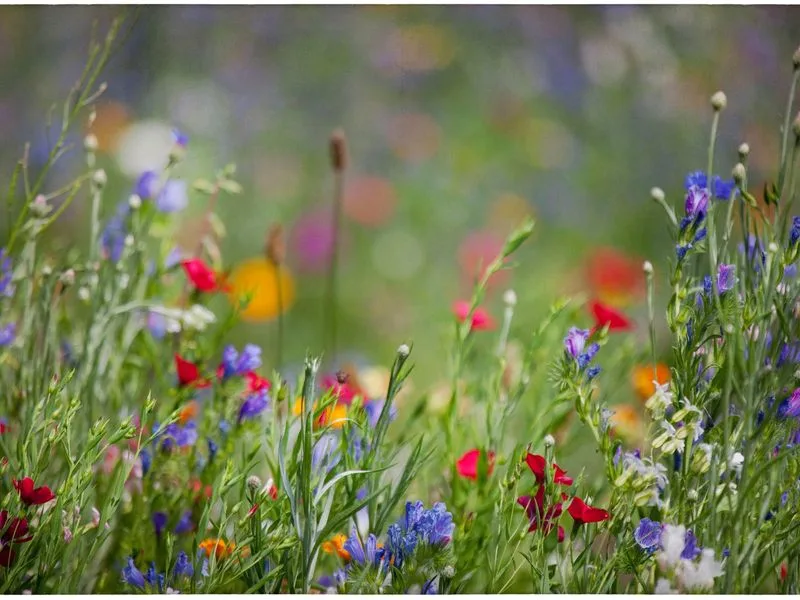
Create a storytime nook in your wildflower garden for children and adults alike. Set up a cozy area with seating or cushions where stories can be shared.
The setting surrounded by flowers makes for a whimsical and inviting atmosphere. Select nature-themed books to enhance the experience and inspire listeners.
Wildflower storytime encourages a love for reading and nature, making it a cherished activity for families. Sharing tales in this enchanting setting creates lasting memories and fosters a connection with the environment.

